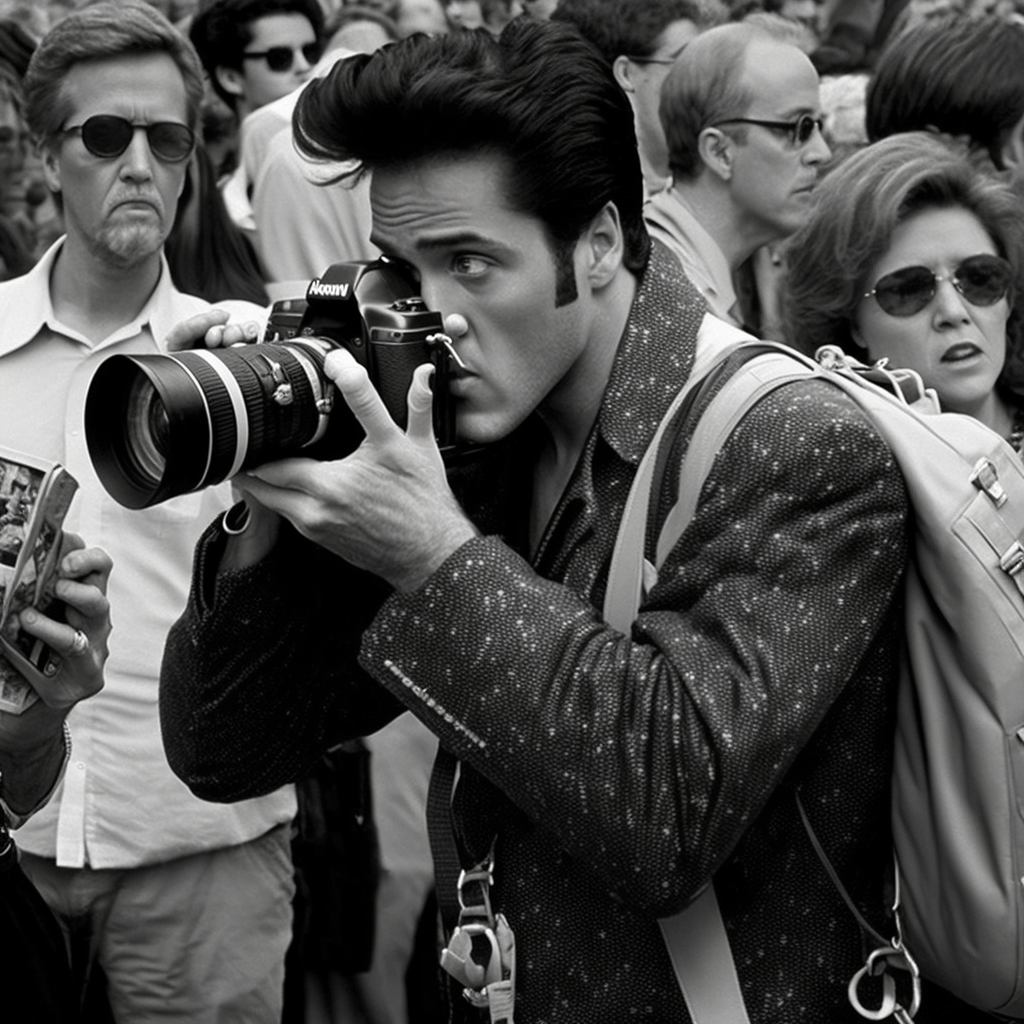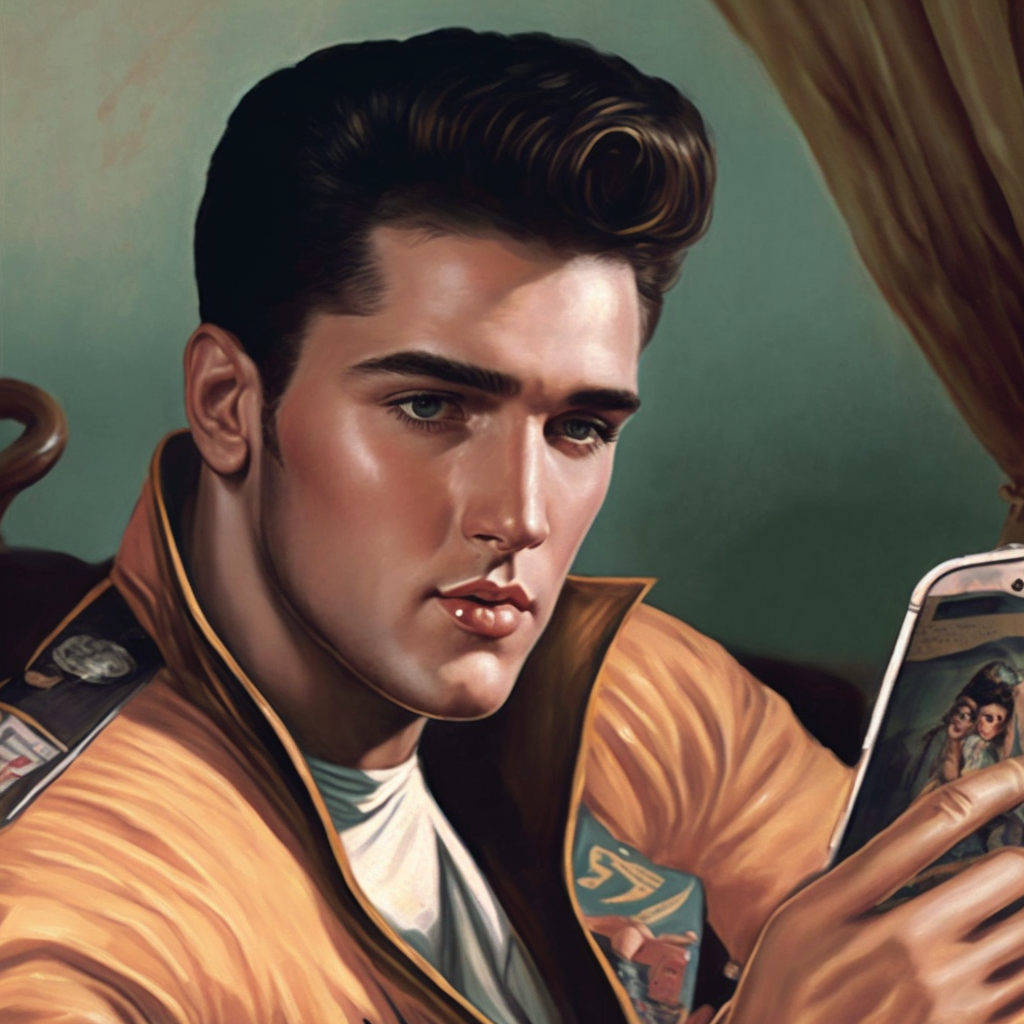In recent years, artificial intelligence has made it possible to generate images of objects that do not actually exist. One particularly interesting application of this technology is the ability to transform modern computer games into 8-bit retro classics.
Imagine being able to play your favorite modern games with the same pixelated graphics and limited color palette as the classic titles of the past. Thanks to AI, it is now possible to generate images of modern games in this retro style.
The process of generating these images begins by feeding a machine learning algorithm a dataset of 8-bit game graphics and modern game screenshots. The algorithm then uses this dataset to learn about the features and characteristics of each style of game graphics.
Once the algorithm has learned about these features, it can be used to transform modern game screenshots into 8-bit graphics. The resulting images can be quite striking, as the familiar characters and environments of modern games are rendered in the pixelated style of classic titles.
One of the interesting things about these images is the way that they blend the old and the new. By taking modern games and giving them a retro makeover, they create a sense of nostalgia and allow us to experience these games in a different way.
In addition to being visually interesting, these images can also serve as a way to think more deeply about the evolution of computer game graphics. By seeing modern games in the context of classic graphics, we can gain a new appreciation for the advancements that have been made in this field.
Overall, the ability to generate images of modern games as 8-bit retro classics using AI is a fascinating example of the potential of this technology. It allows us to experience our favorite games in a new light and to think more deeply about the evolution of computer game graphics.
write a long blog article about an image generating ai that imagines Elvis with many different careers and appearances rather than being a rock and roll singer.
Elvis Presley is an iconic figure in the world of music and entertainment. Known for his distinctive voice, good looks, and energetic stage presence, Elvis became one of the most popular and influential musicians of the 20th century.
But what if Elvis had never become a rock and roll singer? What if he had pursued a different career path or had a different appearance?
Thanks to artificial intelligence, we can now get a glimpse of what Elvis might have looked like if he had followed a different path. By feeding a machine learning algorithm a dataset of images of Elvis and people with different professions and appearances, it is possible to generate images of Elvis in a variety of different roles.
For example, an AI-generated image of Elvis as a doctor might show him in a white lab coat, stethoscope around his neck. An image of Elvis as a cowboy might depict him in a western hat and boots, holding a lasso. An image of Elvis as a punk rocker might show him with a mohawk and leather jacket.
The resulting images can be quite striking and offer a glimpse into an alternate reality where Elvis pursued a different career. They also allow us to think more deeply about the role that appearance and profession play in shaping our identity and perception of others.
In addition to being visually interesting, these images can also serve as a way to pay tribute to Elvis and his enduring legacy. By seeing him in a different context, we can gain a new appreciation for the man who became known as the “King of Rock and Roll.”
Overall, the ability to generate images of Elvis in different professions and appearances using AI is a fascinating example of the potential of this technology. It allows us to see this iconic figure in a new light and to think more deeply about the role that appearance and profession play in shaping our identity.













